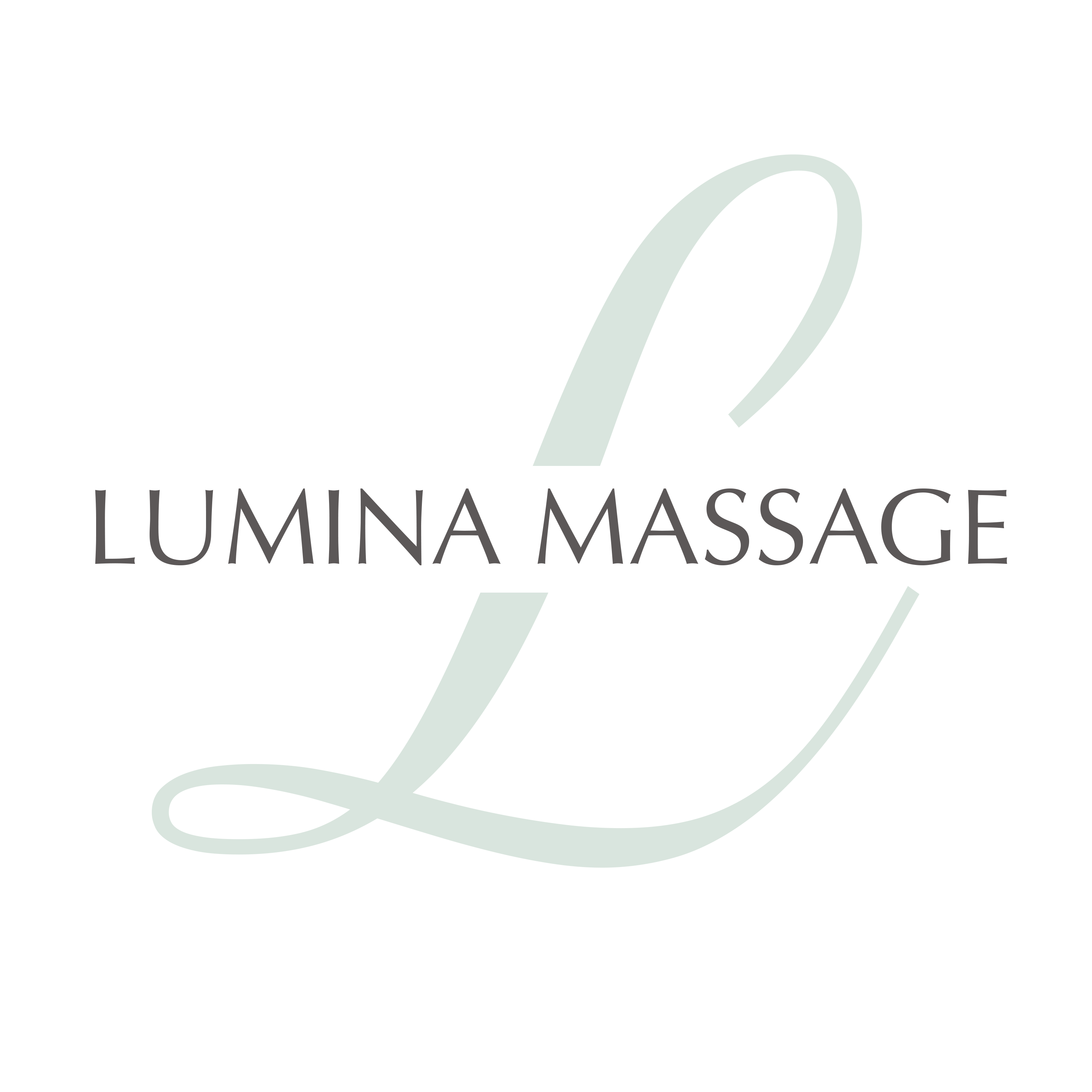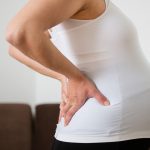Top Pregnancy Aches and Pains and How Massage Helps
When you’re pregnant, your body changes at an incredibly fast pace. It really is extraordinary! Massage may be one the most beneficial natural therapies of relief for many mothers-to-be. Its one of the safest treatments for muscle, ligament, fascia and tendon related aches and pains. Today, I will discuss the top conditions that make some mommas miserable during their pregnancy and how massage can help.
Varicose Veins
As your belly becomes larger, the weight that your legs have to hold gets heavier. Long and even strokes called effleurage are ideal for promoting blood and lymph circulation. Varicose veins will be reduced significantly if started in your first trimester and continue throughout your pregnancy. Varicose veins can be painful! A word of caution, if you have any “angry” looking veins that rise above the skin let your therapist know. Veins that are red, feel hot to the touch and swollen should be avoided or keep the pressure light. A trained therapist will know to avoid these but mention this if you notice that they don’t. When leg massage is done well you’ll be grateful you added this into your prenatal massage.
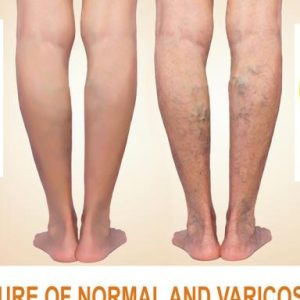
Swelling or Fluid Retention
The effleurage technique also helps with swelling and fluid retention. Due to strong hormonal shifts and a decrease in movement, the body will tend to gather fluid. Specifically in the legs, arms, and face on some women. Your therapist will use long massage strokes towards the lymph nodes with light to medium pressure (the key to prevent this from getting worse). It’s important to note that this symptom may also be due high blood pressure (called preeclampsia) so don’t ignore it. Check your blood pressure at home with a monitor or schedule a visit to your birth provider.
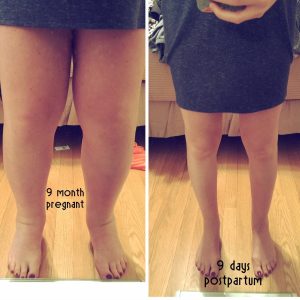
Back Pain
Muscular back pain is usually due to the weight of a growing belly and the ligament strain in places on the woman’s body (especially the hips and lower back region). Ask your therapist to focus on the muscle of the gluteals, lower back and thighs you can receive relief. Ask for a massage therapist that is certified in prenatal massage and has good results with their work. Many spas and or franchises advise therapists not to work deeply in these areas. If this has been your experience (and frustration) check the credentials of the therapist and seek evidence of results from lower back work if possible.
Tension Headaches
Headaches are a hit or miss with pregnancy. Some are attributed to hormones and massage can do little to assist with that. However, some are due to tension developed from stress. If this is the case massage can come to the rescue. If rigid muscles are the culprit there are ways that mom-to-be can get help in a safe way and still tackle that stubborn shoulder area. Warning: there is a pressure point in the middle of the upper trapezius muscle that may induce labor. If you work with a credentialed therapist that has been educated on these points , It can be done safely.
Pubic Symphysis Joint Pain
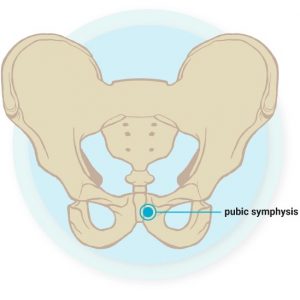
The pubic symphysis joint is located in the front area of the hips and just above the genital area. Often times, women feel a deep pressure “in their crotch”. They point directly to the center, when this happens chances are high that this joint is out of place.
Women that historically suffer from cracking joints or are double jointed before pregnancy have a tendency towards this condition. With each pregnancy, more pressure is applied and the joint can be slightly dislocated from the weight of the belly. This issue can be resolved safely with an adjustment performed by a chiropractor, orthopedic doctor or physical therapist.
Massage therapists can help greatly with releasing the ligaments, tendons and tight muscles in the thigh and hips. Loosening these muscles helps prevent this joint from dislocation. Massage therapists trained and experienced in orthopedic pregnancy offer good results. Positioning and working safely around the pregnant belly is key. Massage therapists can work hand in hand with other health care providers but an adjustment must happen first for true relief to be found.
A momma-to-be can request this area of her body to be focused on during her massage, especially if she has a tendency for this joint to come out of place.
Calf Cramps at Night

Cramps in the lower legs are very common during pregnancy. As the weight of the belly grows, the more pressure is applied to the hips and legs in general. With no relief in sight, the muscles adapt to their best ability but occasionally the tension may be so high that you may start to develop calf cramping.
Cramps are short bursts of the muscle seizing up into an incurably painful episode where it shortens and contracts. There are many reasons your calves may cramp aside from muscle tension. You could have a mineral imbalance, such as potassium or magnesium. Not drinking enough water and having dehydrated muscles can also contribute.
Regular prenatal massage including focus on your legs, drinking your calculated water amount and having bloodwork labs done to check your mineral levels are some of the best treatments for this.
A word of caution, if you have red, throbbing patches on your legs, please avoid massage. This could be a sign of a vein that is clogged and massage will endanger it. If you have any bulging veins it’s also best to avoid massage in those specific areas to prevent dislodging any blood clots. Your massage therapist trained in working with pregnancy will be able to visually assess your skin and help you discover any blood vessels that look suspicious. A helpful tip is to ask your therapist to touch the bottom on your feet. If you find them extremely tender (and your calf muscles also) the chances of your calf cramping being a muscular issue is very high. Ask them to focus on this area during your massage if this is a root cause of your pain and your hydration and mineral levels are normal.
Round Ligament Pain
Round ligament pain is a common discomfort experienced by pregnant women, typically in the second trimester. The round ligaments are two cord-like structures that run from the front of the uterus, through the inguinal canal, and attach to the labia majora. As the uterus expands during pregnancy, these ligaments stretch and can cause a sharp, shooting pain on one or both sides of the lower abdomen or groin. Round ligament pain can also be caused by sudden movements or changes in position, such as getting up from a seated position or rolling over in bed. While it can be uncomfortable, round ligament pain is generally safe to be massaged with light pressure over the growing belly. Moderate to deeper pressure may be applied along your groin by experienced therapists. Clinical Massage therapists often treat most ligament strains in the body and this ligament is no different.
I hope this has educated you and your loved ones on the incredible relief that bodywork and massage can provide a woman during pregnancy. Thanks to more people speaking up through media about the challenges of pregnancy and seeking natural therapy, women’s health will only gain more momentum. The demand for massage is growing each year and it’s validity as a legitimate healthcare service is being acknowledged. Please share this post with someone you love that are experiencing these symptoms or is planning a pregnancy in their future.
